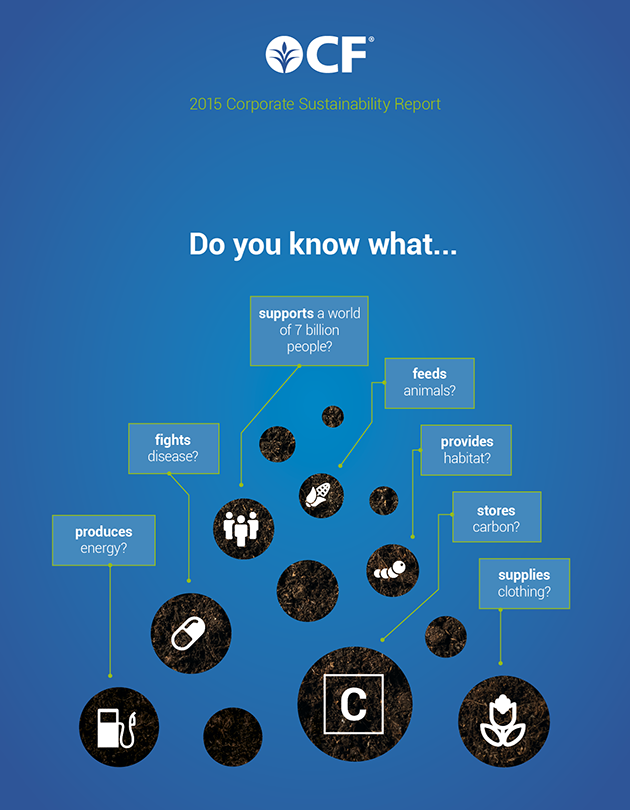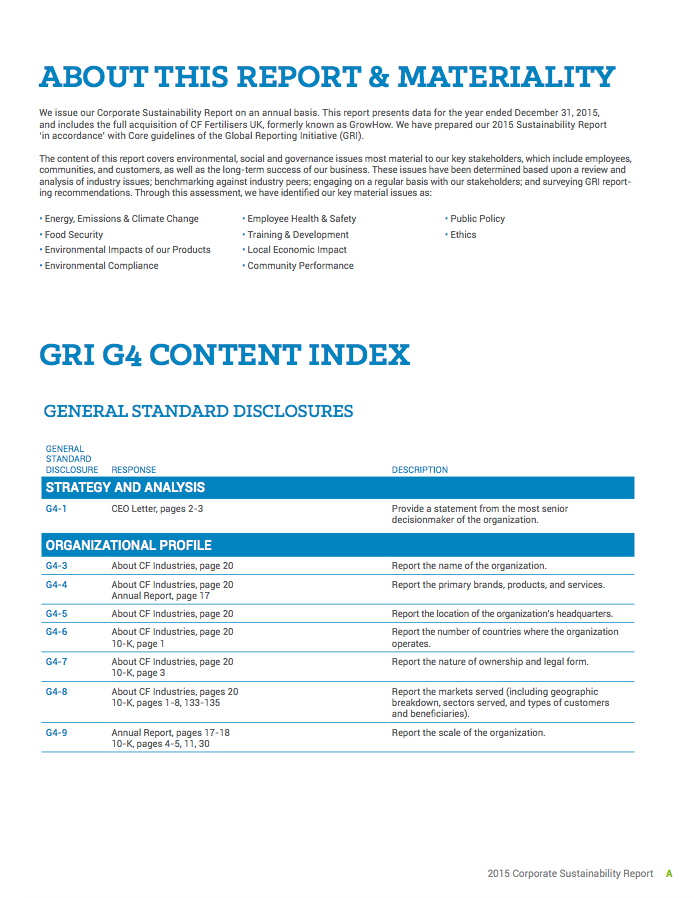How Fertilizer Preserves
Carbon-Sequestering Forests
Why Yield Matters Fertilizer use increases crop yields per acre, meaning more food can be grown on less land. That, in turn, reduces the need to convert carbon-sequestering forestland into farmland. Increasing crop yields thereby works to reduce greenhouse gas emissions by limiting deforestation. In other words, yield is central to sustainable agriculture.



